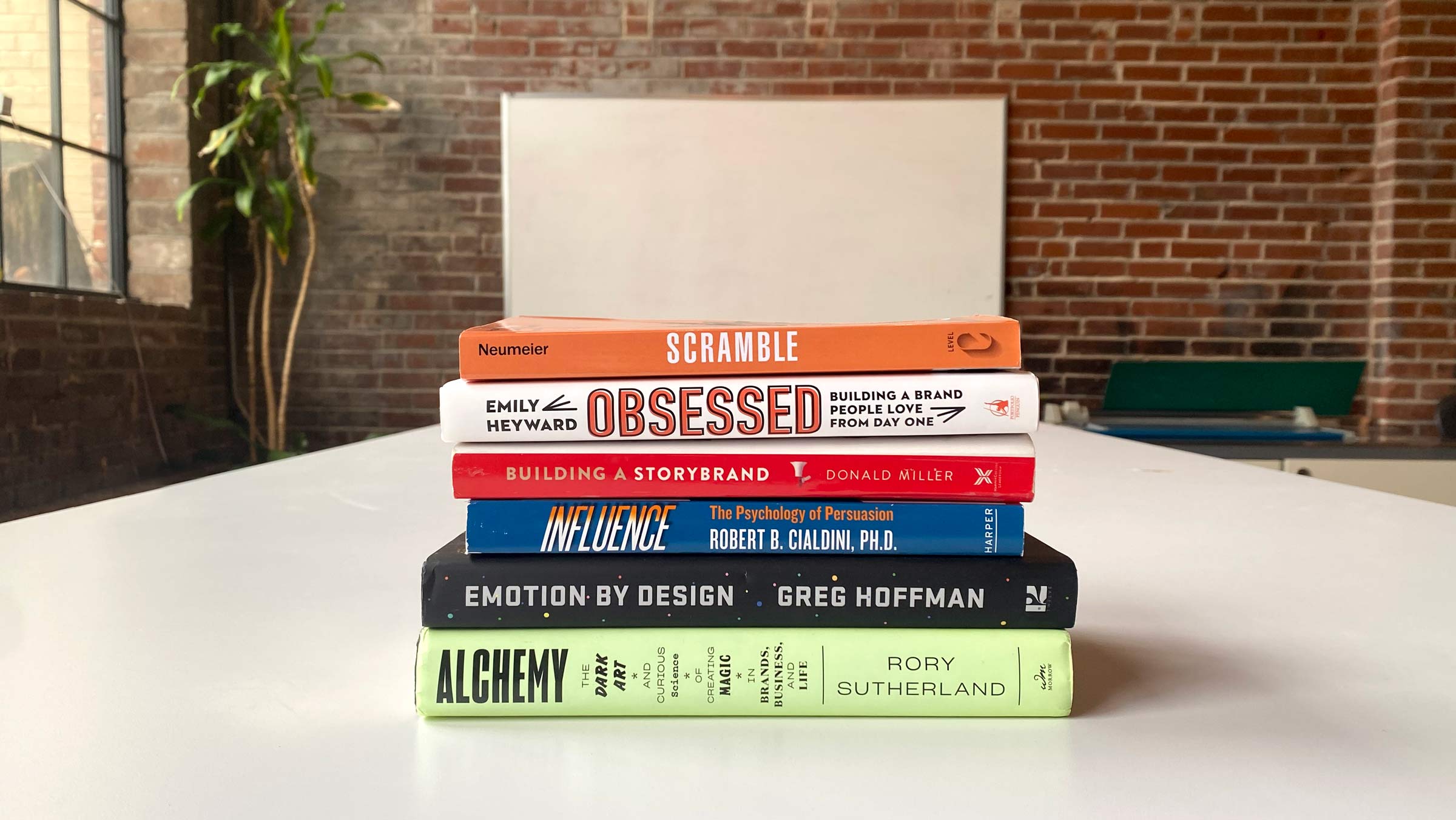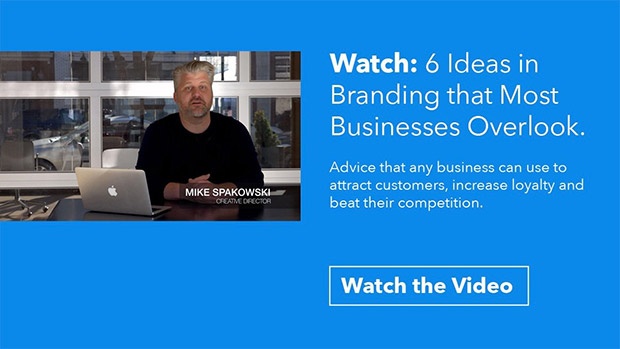ATMDST Book Club: Our Favorite Branding & Marketing Books of 2022
They say the team that reads together leads together.
No one has ever actually said that. Until now, I guess—and maybe it will catch on.
But our team really does love to read. A while back, we started the Atomicdust Book Club as a way to explore more ideas in branding and marketing and discuss what we loved (and hated! Some books we very hotly debated) along the way.
Keep scrolling to see a few of our favorite marketing and branding books this year with reviews from the team.
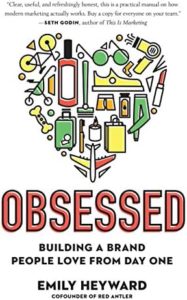 Obsessed: Building a Brand People Love from Day One
Obsessed: Building a Brand People Love from Day One
By Emily Heyward
Obsessed was just the kind of straightforward, honest book that our group fawns over. Emily co-founded Red Antler, a successful branding agency that’s launched and worked with tons of beloved brands like Allbirds, Hinge, Boxed and ThredUp.
I particularly loved how the book broke down complex branding topics with real world examples from working with those brands, cutting out the jargon and business fluff and getting straight to the point. It answers the question, What makes someone go from being aware of a brand to loving it?
I also loved reading specific anecdotes about cool brands—largely familiar and popular DTC companies like Casper, Allbirds, and Everlane. I’d recommend Obsessed to anyone curious about creating a new business (or growing an existing one) and standing out from others in the category.
Rosie Linhares
Senior Designer
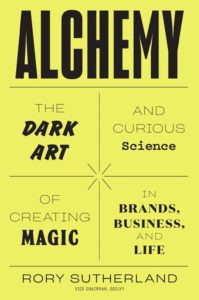 Alchemy: The Dark Art and Curious Science of Creating Magic in Brands, Business and Life
Alchemy: The Dark Art and Curious Science of Creating Magic in Brands, Business and Life
By Rory Sutherland
In marketing and beyond, data-driven decisions are heralded as the peak of business sophistication. And yes, using data as a guide can be wonderful. But marketing caters to humans—and the about humans is we’re weird, illogical and often unpredictable.
I’ve read Alchemy before (it’s one of my favorite audiobooks for marketers) and was excited to read it again when we chose it for the Atomicdust book club. Rory Sutherland gives tons of examples why logic isn’t always the best tool when dealing with humans. The real-world anecdotes he shares (around everything from airline schedules to Red Bull to Hillary Clinton) are a great reminder that going against what the data says and doing the unexpected instead can result in brand and business magic.
Mike Spakowski
Partner & Creative Director
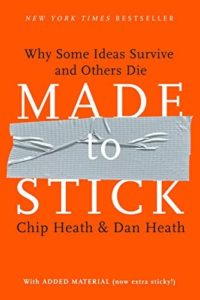 Made to Stick: Why Some Ideas Survive and Others Die
Made to Stick: Why Some Ideas Survive and Others Die
By Chip and Dan Heath
Made to Stick sums up the secret to ensuring your ideas are sticky with a straightforward acronym—SUCCES. Yes, there’s only one S at the end, and for good reason. The first “S” in the stickiness checklist stands for “Simple” and shoehorning in one final concept to round out the word just won’t do.
Appropriately, a lot of the concepts presented in Made to Stick are incredibly simple. But that doesn’t mean they’re necessarily easy… and they’re certainly not universally used. Marketers, copywriters, designers and other creatives at any stage of their career can benefit from reading this book. Heck, anyone who ever needs to communicate ideas should probably add this to their to-read pile. It would certainly decrease the amount of confusing emails we all have to deal with. And I’d call that a SUCCES.
Blaise Hart-Schmidt
Senior Marketing Manager
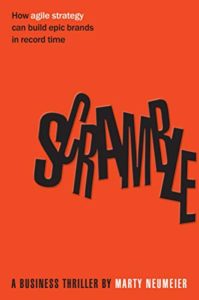 Scramble: How Agile Strategy Can Build Epic Brands in Record Time
Scramble: How Agile Strategy Can Build Epic Brands in Record Time
By Marty Neumeier
Finally, a business book that doesn’t read like a business book.
Browse the “business” section of any bookstore or library today, and you’ll see countless tomes on “agile strategy” and “design thinking.” They’ll go through the four-Qs or five-Ps with a cool checklist or workbook on the back pages so you can track your progress.
Formulas and recipes work, sure. But as Marty Neumeier’s narrator in Scramble notes, “Following a recipe does not guarantee a gourmet meal.”
Scramble, if you’ll forgive the hyperbole, is, indeed, a gourmet meal. It’s a walk through the well-worn steps of agile strategy and design thinking, but in a fictional setting. It’s full of corporate intrigue, political statements and yes, even a touch of romance–and as a result, it feels much more, well, real than any by-the-book business book ever could.
Like Die Hard, Scramble is a holiday story: it takes place over weeks leading up to Christmas, following a CEO in crisis as he gathers his team with his job and the company on the line.
To say too much more would spoil the fun, but the key lesson here is that things like “agile strategy” and “design thinking” sound great on paper, but once you get people involved, they get messy. But smart people, following a process and collaborating to make smart, unexpected connections, can make wonderful things happen. And maybe even save the company.
Rich Heend
Senior Copywriter
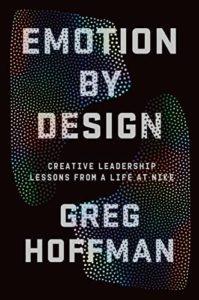 Emotion By Design
Emotion By Design
By Greg Hoffman
Emotion by Design takes the reader into the world of Nike through the eyes of Greg Hoffman, who went from design intern to CMO at Nike. The book tells his journey through some of the wildest, most innovative ideas Nike executed and provides advice on opening yourself up creatively, and nurturing and harnessing that creativity.
“Leaving inspiration to chance, where it just hits you in a random moment, is not a recipe for sustained success in the creative world. You have to go out and find it.” Greg says. The book harps on this concept, with examples of some of Nike’s biggest, most successful campaigns coming from the team seeking inspiration, rather than waiting for it to come.
Our group didn’t universally love this book, but I enjoyed it. Most readers won’t have the resources and budget Greg did during his time at Nike. But seeing how ideas originated and were then executed is inspiring for any entrepreneur, marketer or creative.
Anna Estes
Digital Strategist
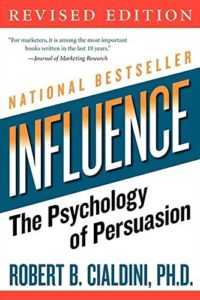 Influence: The Psychology of Persuasion
Influence: The Psychology of Persuasion
By Robert Cialdini
I’ll admit I was hesitant at the start of this book. Reading about how to get people to do what you want sometimes felt shady. The author even included real-world examples about some questionable people and groups using persuasion tactics to their advantage—like politicians growing their bases and armies brainwashing POWs.
Of course, marketing and business revolve almost entirely around persuading people to take action. And there’s many above-board and totally ethical ways to do so. Once I got past the examples using persuasion tactics for bad, I learned a lot. The information and arguments presented are thorough and interesting. Several of the other books we read this year cite the author’s work in support of their own theses, too.
How you ask a question can impact the answer, and much of what Influence covers is small, simple ways to adjust your marketing, sales and other operations to get more yeses. In the end, Influence is a must-read, and another tool for understanding the human condition—a necessary exercise for marketers everywhere.
Blaise Hart-Schmidt
Senior Marketing Manager
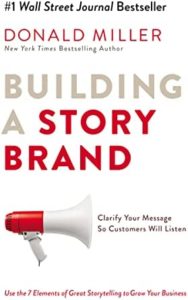 Building a Story Brand: Clarify Your Message So Customers Will Listen
Building a Story Brand: Clarify Your Message So Customers Will Listen
By Donald Miller
I can’t believe I worked at Atomicdust for four whole years before reading Building a StoryBrand. Despite the number of times Mike Spakowski brought it up during brainstorms, water cooler chats and feedback sessions—I didn’t feel like I needed to.
In his book, Donald Miller explains the seven universal elements of powerful stories that branding agencies, copywriters and marketers can use to emotionally connect with audiences (and impress clients). I was already familiar with this framework, and you probably are, too. Ever heard of Harry Potter? Star Wars? Bridget Jones? Their stories feature the same seven elements, also known as the hero’s journey:
- A Character
- With a Problem
- Meets a Guide Who Understands Their Fear
- Who Gives Them a Plan
- And Calls Them to Action
- That Results in Failure
- Or Results in Success
I was familiar with the hero’s journey framework and didn’t feel the book had anything new to tell me… I was so young and naïve. There’s a reason this book is Amazon’s best seller in the web marketing category. Miller’s explanation of how and why to apply the hero’s journey principles to your writing—for clients, for LinkedIn, for Nextdoor posts about your neighbor’s annoying habits—will make you better at connecting with your audience, whoever they are.
Julie Rechtien
Senior Copywriter
